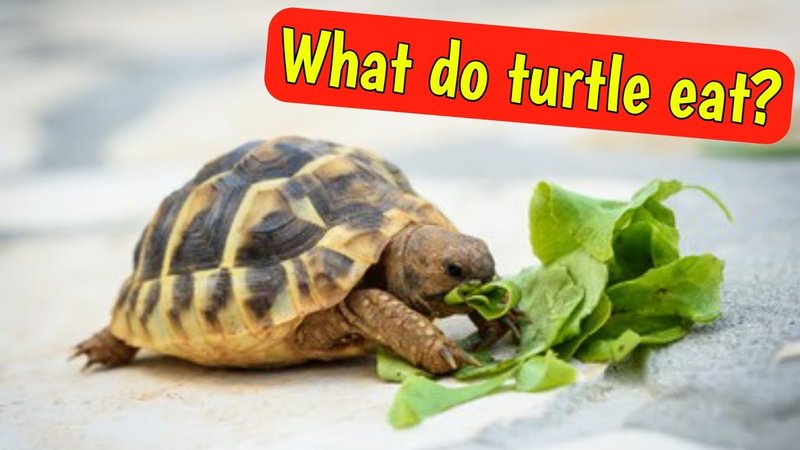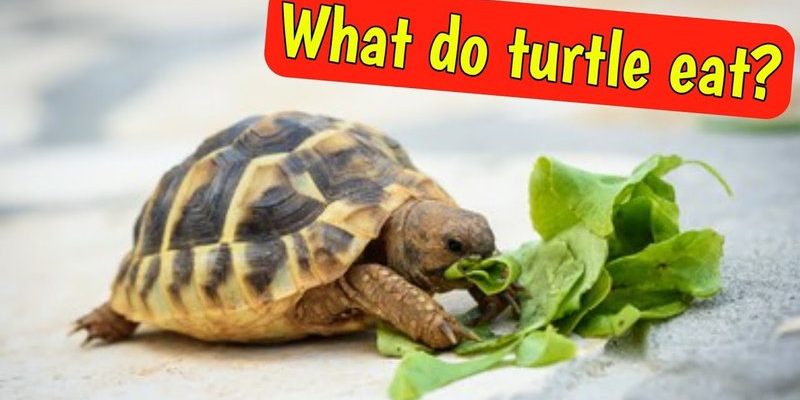
Imagine sitting on a park bench by a serene pond, watching turtles pop their heads above the water. Some are munching on leafy greens, while others are snatching small fish or crustaceans. It’s like a little buffet out there! What you see on the surface is just a glimpse of how turtles thrive in their habitats, whether it’s a freshwater lake, a beach, or the deep blue ocean. So, grab your favorite drink, and let’s take a closer look at what turtles eat and how they catch their meals.
Types of Turtles and Their Diets
Different turtle species have different diets, which can be as varied as their habitats. Here’s a broad look at the types of turtles you might encounter and what they typically eat:
- Herbivorous Turtles: Turtles like the Green Sea Turtle primarily eat plants. Their diet consists of sea grasses and algae, essentially making them on a plant-based diet, much like a salad-lover.
- Carnivorous Turtles: Species such as the Loggerhead Turtle enjoy a more meaty menu. They feast on jellyfish, crabs, and small fish. You could think of them as the steak enthusiasts of the turtle world!
- Omnivorous Turtles: Many turtles, like the Red-Eared Slider, dig into both plants and animals. They love a mix of leafy greens, fruits, and protein-rich insects or fish, making them the most versatile eaters.
Understanding these diets helps us appreciate the important role turtles play in their ecosystems. They contribute to the balance of their environments, whether by maintaining seagrass health or controlling prey populations. It’s a delicate dance of nature that’s worth observing.
How Turtles Hunt for Food
Now that we know what turtles eat, let’s talk about how they hunt. Turtles have some nifty strategies that may surprise you. Depending on their species, they’ve adapted different techniques for catching their meals.
- Ambush Hunting: Some turtles, like the alligator snapping turtle, are experts at waiting patiently. They sit still, camouflaged in their surroundings, and wait for unsuspecting prey to come close. When the moment is right, they strike with lightning speed!
- Foraging: Other turtles, like the tortoise, enjoy a more leisurely approach. They stroll through their habitats, munching on plants along the way. This peaceful grazing is less about hunting and more about enjoying a buffet.
- Active Pursuit: Sea turtles often hunt by actively swimming around in the ocean, searching for food. They use their keen eyesight to spot jellyfish or fish and can swim quite fast when chasing their next meal.
Turtles are like nature’s patient hunters. Whether they’re lying in wait or actively searching for food, their strategies are impressive and effective.
The Role of Taste and Smell
Believe it or not, turtles rely heavily on their sense of smell to find food. They have a unique ability to detect scents both in water and on land. This helps them locate various types of food, especially in murky waters where visibility might be poor.
When a turtle gets a whiff of something tasty, it’s like a little signal that says, “Dinner’s served!” They often use their tongues to help taste the water around them, detecting food particles and potential meals. Imagine being able to taste the air; that’s how they find snacks in their environments.
Seasonal Feeding Habits
Turtles also change their eating habits with the seasons. During warmer months, they might eat more frequently because food is abundant and easier to find. But as temperatures drop, some turtles slow down and enter a state of brumation (like hibernation). They might eat less, focusing on stored energy from their summer feasting.
For instance, many freshwater turtles will feast on plants, insects, and small fish in spring and summer but may cut back to just a few greens in the colder months. This adaptability is key for their survival, allowing them to thrive in various conditions.
Feeding Challenges and Threats
Just like any other animal, turtles face challenges when it comes to finding food. Pollution, habitat destruction, and climate change impact their access to fresh water and food sources. For instance, plastic debris in oceans can confuse turtles, making them mistake it for food, which can be harmful or even fatal.
Additionally, some species are threatened due to overfishing or competition for food resources. It’s crucial to understand these challenges, as conservation efforts are essential for preserving turtle populations and their natural habitats.
Turtles are remarkable creatures with diverse diets and fascinating hunting strategies. From plant lovers to meat enthusiasts, they play vital roles in their ecosystems and adapt to their environments in impressive ways. Understanding what turtles eat and how they hunt can help us appreciate the delicate balance of nature and the challenges these ancient animals face.
So, the next time you spot a turtle by the water, take a moment to consider its meal plan. Whether it’s munching on a water lily or chasing after a fish, there’s always a story behind their food choices. By learning more about these incredible reptiles, we can better support their survival and, ultimately, our planet.

